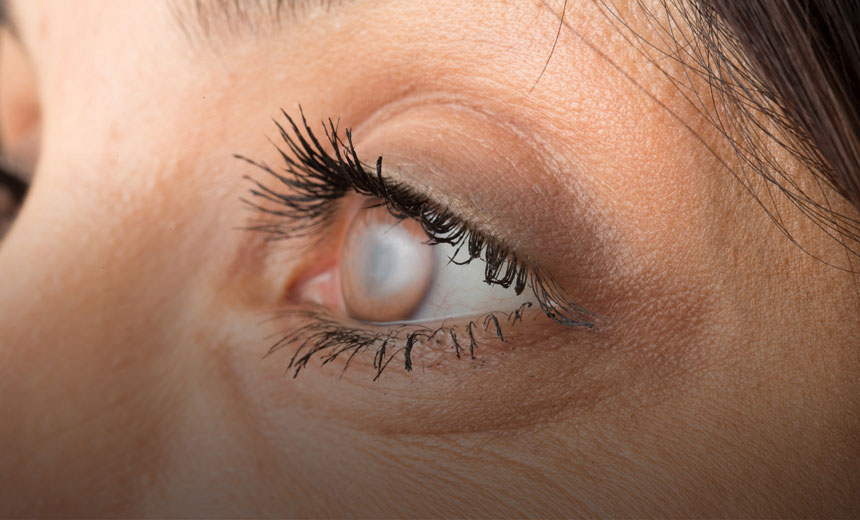"*" indicates required fields
31/08/2017

Cataract surgery is the most performed surgical procedure in the world. However, most people do not realise that there are different types of cataracts.
Ophthalmologists classify cataracts in several ways. The most basic method of classification is according to the location of the actual opacity.
There are three basic areas in the natural lens of the eye where an opacity can form: the centre portion, the outer part and the back surface.
The treatment for all three types of cataract is cataract surgery.
Today, cataract surgery is considered to be a straightforward procedure. Providing the eye is otherwise healthy, around 98–99% of patients will have a good result.
Cataract surgery involves removing the opacified natural lens and replacing it with an artificial lens called an intraocular lens (IOL). The natural lens is broken up by a process called phacoemulsification, then the pieces are removed via a tiny incision in the side of the cornea (the surface of the eye). The IOL is then inserted through the incision and unfurls into the lens capsule. Sometimes a femtosecond laser is used to complete some of the steps.
If you or someone close to you are experiencing symptoms that indicate the presence of a cataract such as, cloudy or blurry vision, faded colours, glare or poor night vision, book an appointment with a GP or optometrist today.
Read more information about cataracts and cataract surgery
Read the 15 things you need to know about having a cataract operation
The information on this page is general in nature. All medical and surgical procedures have potential benefits and risks. Consult your ophthalmologist for specific medical advice.
Date last reviewed: 2022-10-05 | Date for next review: 2024-10-05